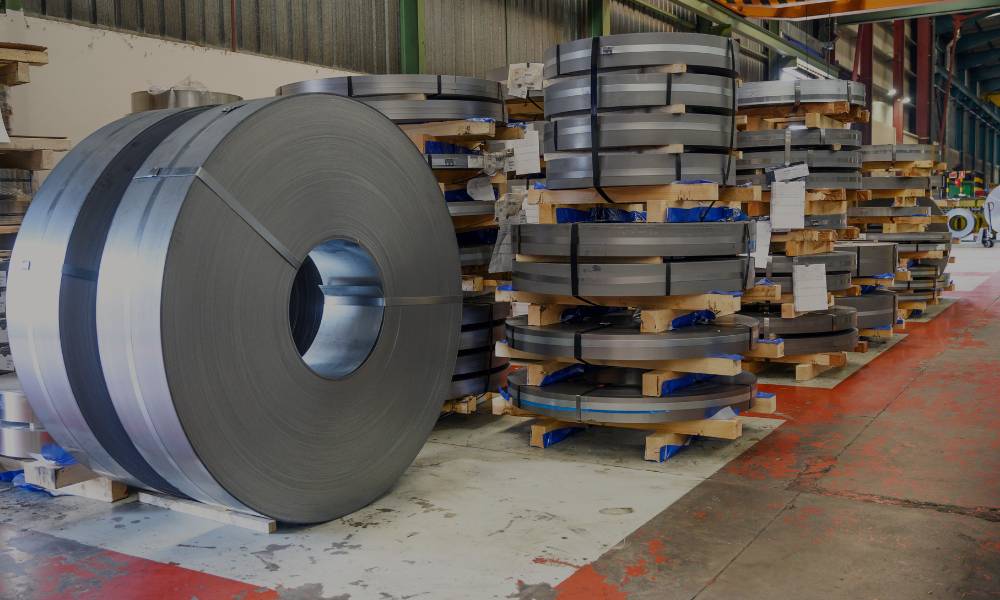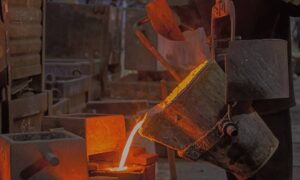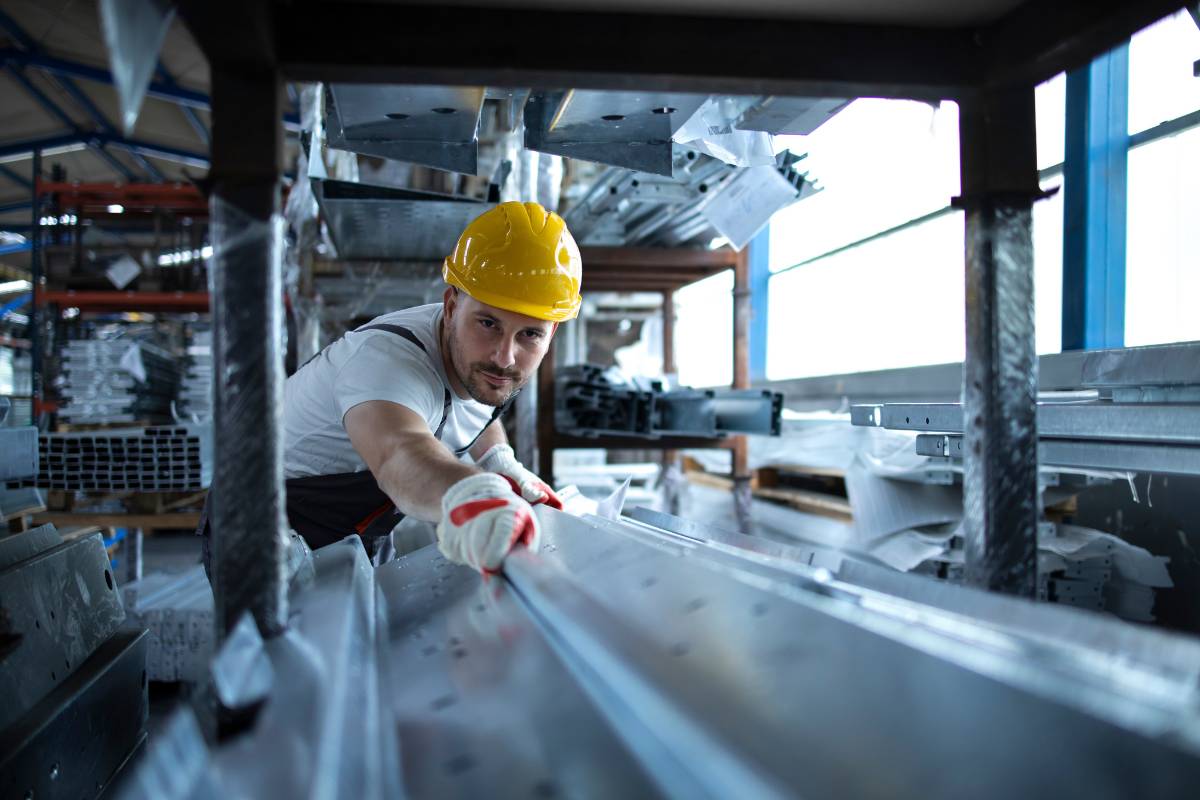
How to Choose the Best Stainless Steel Grade for Your Casting
At Uni Deritend, engineering precision starts with materials. Understanding how to choose the best stainless steel grade for your casting ensures superior performance, corrosion resistance, and cost-effectiveness across demanding industries like aerospace, automotive, marine, and energy applications. The process of deciding on the ideal alloy must consider the final operating environment, including temperature extremes, chemical exposure, and required mechanical strength. This careful material selection is the most critical first step in determining a part’s longevity and structural integrity.
That’s why Uni Deritend provides dedicated metallurgical consultation, helping you navigate the complexities of alloying elements and microstructures to master how to choose the best stainless steel grade for your casting. Without this expertise, the wrong choice can lead to premature failure and costly replacements. Ultimately, knowing how to choose the best stainless steel grade for your casting is the foundation of high-quality investment casting.

Why Stainless Steel Grade Selection Matters
Selecting the correct stainless steel grade is critical to the success of any casting project. The decision hinges entirely on how to choose the best stainless steel grade for your casting, as each distinct grade offers unique advantages in mechanical strength, corrosion resistance, temperature endurance, and machinability. Making the wrong choice can lead to premature component failure, costly downtime, and non-compliance in regulated industries.
Therefore, understanding how to choose the best stainless steel grade for your casting ensures the final product is not merely adequate, but perfectly optimized for its demanding service environment. At Uni Deritend, we help engineers and manufacturers select alloys scientifically, ensuring every casting is optimized for its application — from turbine blades to marine valves — by focusing intensely on how to choose the best stainless steel grade for your casting.
Have Any Questions?
Connect with our experts for quick, reliable answers.
Recent Posts


Understanding the Basics of Stainless Steel
Stainless steel is an iron-based alloy with chromium as its primary element, creating a natural protective film against oxidation. The right grade balances chromium, nickel, molybdenum, and nitrogen content to enhance durability and strength.
There are five major stainless steel categories — austenitic, ferritic, martensitic, duplex, and precipitation-hardened, each suited for different operational needs.
Comparing the Most Common Casting Grades
SS 304 – The Universal Workhorse
- Composition: 18% chromium, 8% nickel
- Advantages: Excellent formability, weldability, and corrosion resistance.
- Applications: Food industry equipment, architectural components, and general-purpose castings.
Limitations: May corrode in chloride-rich or acidic environments.
SS 316 – The Corrosion Champion
- Composition: 16% chromium, 10% nickel, 2% molybdenum
- Advantages: Superior resistance to chlorides, acids, and chemicals.
- Applications: Marine components, chemical processing, and pharmaceutical castings.
Limitations: Slightly higher cost than SS 304, but greater durability.
Duplex Stainless Steel – The Strength Specialist
- Composition: 22% chromium, 5% nickel, 3% molybdenum
- Advantages: Combines the best features of austenitic and ferritic steels—high strength, fatigue resistance, and low corrosion.
Applications: Offshore platforms, pressure vessels, and oil & gas infrastructure.
Key Factors to Consider Before Selecting a Grade
- Corrosion Resistance: Different environments call for different steel grades. For saltwater exposure, SS 316 or duplex stainless steel is ideal. For indoor industrial use, SS 304 is cost-effective and reliable.
- Temperature Resistance: High-temperature applications like exhaust manifolds and turbine housings require alloys with thermal stability, such as heat-resistant stainless steel grades.
- Mechanical Strength: For heavy-duty or load-bearing components, duplex steel provides exceptional tensile and yield strength, reducing material weight without compromising performance.
- Surface Finish & Aesthetics: If appearance matters (e.g., decorative or medical castings), SS 304’s superior polishability and smooth finish are preferred.
- Cost Efficiency: Balancing performance and cost is vital. Duplex steel may have a higher upfront cost, but its longevity and low maintenance offer long-term savings.


Corrosion Resistance – The Ultimate Deciding Factor
Corrosion failure is one of the most common causes of part replacement. Stainless steel’s ability to resist corrosion depends on its alloying elements and protective oxide film integrity.
At Uni Deritend, corrosion testing and salt spray analysis ensure the right grade performs reliably even in harsh marine or chemical conditions.
The Role of Heat Treatment in Stainless Steel Castings
Heat treatment refines microstructure and improves ductility and corrosion resistance. Processes include:
- Solution Annealing: Restores corrosion resistance by dissolving carbides.
- Stress Relieving: Reduces internal stresses after machining.
- Quenching: Enhances hardness and tensile properties.
These steps ensure consistent, durable castings with reliable performance.
Expert Insights from Uni Deritend Metallurgists
Our metallurgists emphasize that there is no one-size-fits-all grade. Selection depends on the service environment, load conditions, and required lifespan.
We assist clients through:
- Material Consultation – Identify optimal alloy composition.
- Simulation Testing – Analyze thermal and mechanical properties.
- Prototype Validation – Test real-world performance before production.
Common Mistakes in Stainless Steel Grade Selection
- Choosing 304 for marine use – leads to pitting corrosion.
- Ignoring post-cast treatment requirements.
- Overlooking mechanical stress or load-bearing needs.
Uni Deritend’s approach:
We guide clients with precise data-backed recommendations, ensuring every casting aligns with design, performance, and longevity goals.
Sustainability and Recyclability
Uni Deritend ensures sustainable manufacturing through recycled metal usage and energy-efficient furnaces. Stainless steel, being 100% recyclable, supports eco-friendly production and reduced carbon footprint across all stages.
FAQ
Frequently Asked Questions
Frequently Asked Question on How to Choose the Best Stainless Steel Grade for Your Casting
SS 316 contains molybdenum, offering higher corrosion resistance against acids and chlorides, making it ideal for marine and chemical applications compared to SS 304.
Duplex stainless steel is preferred for high-stress, high-corrosion environments like offshore platforms or oil & gas pipelines due to its superior strength and fatigue resistance.
It’s a balanced alloy of austenitic and ferritic stainless steels containing chromium, nickel, and molybdenum for high strength and corrosion resistance.
Consider corrosion level, mechanical load, temperature, and budget. Uni Deritend experts can analyze conditions and recommend the most suitable alloy.
Yes, stainless steel is fully recyclable, maintaining its strength and corrosion resistance even after multiple recycling cycles, supporting sustainable manufacturing.
Yes, proper heat treatment enhances ductility, corrosion resistance, and mechanical stability by refining microstructure and eliminating internal stresses.
Partner with Uni Deritend – Founded in 1977, our metallurgical expertise ensures the perfect stainless steel grade for every casting need. Optimize strength, precision, and performance with our proven engineering excellence.

